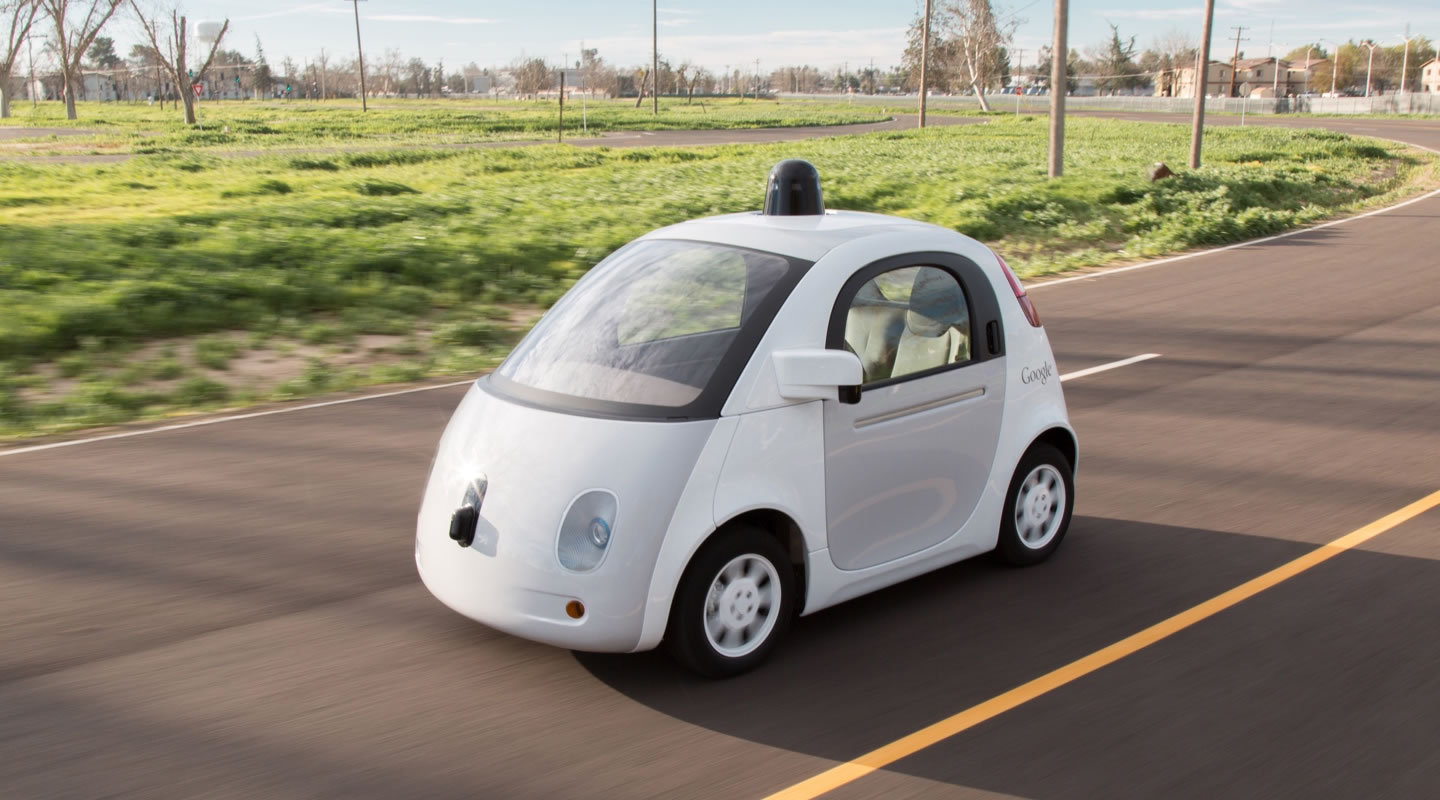Uber, Self-Driving Cars and your Lending Portfolio
Written by Anthony Demangone
A reader emailed me recently asking why I seem focused on self-driving cars.

Â
Here's why. Self-driving technology is improving rapidly.
- Ford pledges to produce true self-driving cars by 2021. That's within 5 years.Â
- Uber plans to unleash self-driving cars in Pittsburgh this month. (Although these cars will be supervised by humans in the driver seat.)
- State Farm is planning for a day when self-driving cars completely change its business model.
So what does this have to do with credit unions?
Self-driving cars will start out as a novelty. But soon, people may become used to hailing an Uber that has no driver. If that happens, people may start to ask this question: Why do I buy a car that sits in my driveway 95 percent of the time when I can simply rent an car when I need it?Â
Imagine a service where you request a car to drive you to work? Or to the beach? It shows up when you need it. Once you are at your destination, it is free to drive the next customer. If this takes hold, I can imagine a time when knowing how to drive a car isn't that essential.Â
And if that takes hold, we simply won't need that many cars. Â The Economist published an article that should terrify anyone in the business of making cars, insuring cars, or making loans to those who wish to buy them.
Autonomous vehicles will also challenge the very notion of car ownership. Cars are among the most expensive things most people own, yet they sit idle, on average, 96% of the time. That is justified by the convenience of having access to a car whenever you need it. These days, however, you can summon a car at will using a smartphone app for a taxi service, car-sharing scheme or rental provider. Google reckons that shared, self-driving taxis could have utilisation rates of more than 75%. If so, a much smaller number of cars would be needed to move the same number of people around. âÂÂThere will be fewer cars on the roadâÂÂperhaps just 30% of the cars we have today,â predicts Sebastian Thrun, a computer scientist at Stanford University and a former leader of GoogleâÂÂs self-driving-car project.
The idea that autonomous vehicles will be owned and used much as cars are today is a âÂÂtenuous assumptionâÂÂ, says Luis Martinez of the International Transport Forum, a division of the OECD, a think-tank. Fleets of self-driving vehicles could, he says, replace all car, taxi and bus trips in a city, providing as much mobility with far fewer vehicles. An OECD study modelling the use of self-driving cars in Lisbon found that shared âÂÂtaxibotsâ could reduce the number of cars needed by 80-90%. Similarly, research by Dan Fagnant of the University of Utah, drawing on traffic data for Austin, Texas, found that an autonomous taxi with dynamic ride-sharing could replace ten private vehicles. This is consistent with the finding that one extra car in a car-sharing service typically takes 9-13 cars off the road. Self-driving vehicles could, in short, reduce urban vehicle numbers by as much as 90%.
Again, I'm saying that will happen. But I'm not saying it won't happen either.
But if it did, and if your credit union lost 70, 80 or 90 percent of its car loans, would that be a big deal?
That's why I am focused on self-driving cars.
